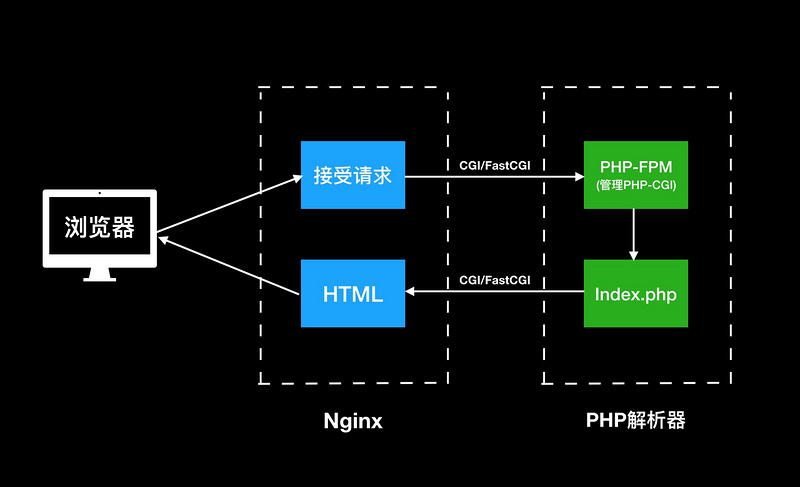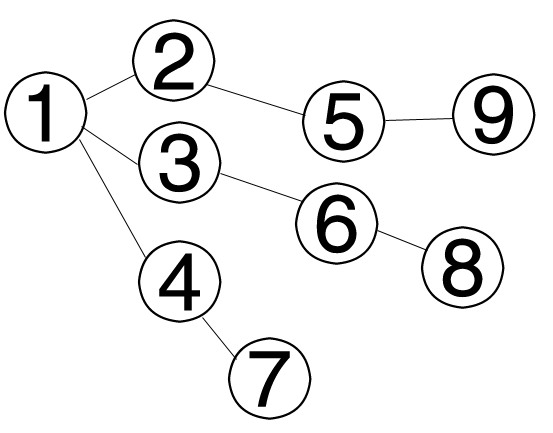详解WordPress开发中get_header()获取头部函数的用法
函数意义详解
从当前主题调用header.php文件。是不是很简单?好吧,如果你是新手的话这里要提醒一下,这里的get和get_children()、get_category中的get略有不同之处。
get_header函数声明(定义)
之前写文章很少会写到函数定义的代码,后来自己翻看的时候发现这个习惯不太好,所以决定,只要篇幅允许,就会把函数主题贴出来,方便自己翻看。
get_header 函数,声明(定义)的位置,是在 wp=include/general-template.php 文件的第 24 – 36 行左右的位置。
function get_header( $name = null ) {
do_action( 'get_header', $name );
$templates = array();
if ( isset($name) )
$templates[] = "header-{$name}.php";
$templates[] = 'header.php';
// Backward compat code will be removed in a future release
if ('' == locate_template($templates, true))
load_template( ABSPATH . WPINC . '/theme-compat/header.php');
}
get_header函数的使用
<?php get_header( $name ); ?>
很简单,从上面的函数声明中我们也能看出,该函数只接受一个变量作为参数。
参数解释
$name ,从上面的函数声明中我们可以看出,$name是一个字符串型变量,用来调用header的别名模板,
比如 $name = “ab”;
也就是我们这样
<?php $name = “ab” get_header( $name ); ?>
这将会调用 header-ab.php 文件作为头部文件的调用。
例子:
1.简单的 404 页面
下面的代码是一个简单模板文件,专门用来显示 "HTTP 404: Not Found" 错误的 (这个文件应该包含在你的主题中,名为 404.php)
<?php get_header(); ?> <h2>Error 404 - Not Found</h2> <?php get_sidebar(); ?> <?php get_footer(); ?>
2.多种头部
为不同的页面显示不同的头部
<?php if ( is_home() ) : get_header( 'home' ); elseif ( is_404() ) : get_header( '404' ); else : get_header(); endif; ?>
这些为 home 和 404 准备的头部应该分别命名为 header-home.php 和 header-404.php 。

